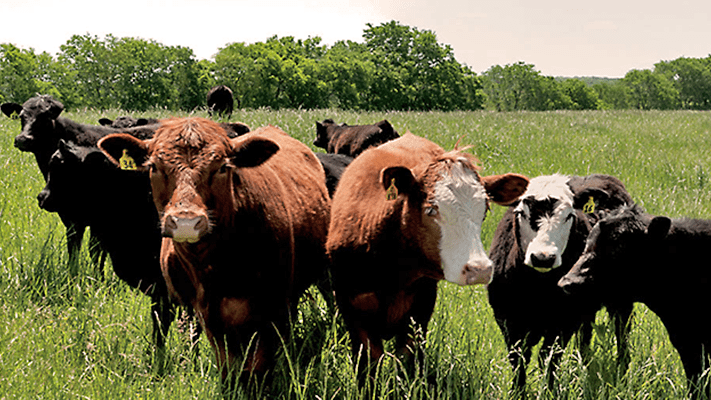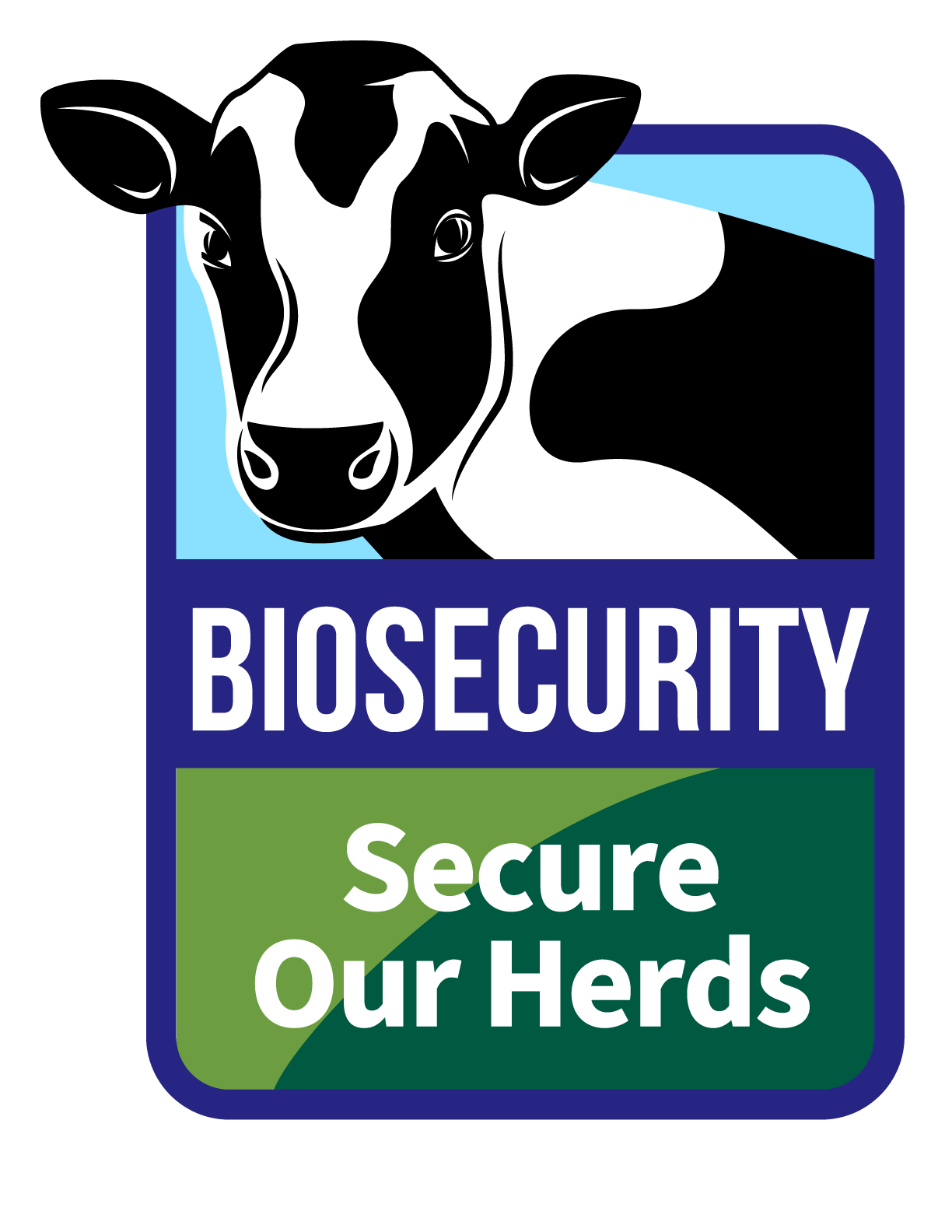
USDA is confident that the meat supply is safe. USDA has a rigorous meat inspection process, which includes Food Safety and Inspection Service (FSIS) veterinarians who are present at all Federal livestock slaughter facilities. FSIS personnel inspect each animal before slaughter, and all cattle carcasses must pass a second inspection after slaughter and be determined to be fit to enter the human food supply.
While we have multiple safeguards in place to protect consumers, we continue to recommend consumers properly handle raw meats and cook to a safe internal temperature. Cooking to a safe internal temperature kills bacteria and viruses in meat.
What's New?
Update on FSIS H5N1 Sampling
On September 16, 2024, FSIS added H5N1 influenza A monitoring of muscle samples from culled dairy cows to its already robust national surveillance programs for pathogens and chemical contaminants. Samples are being tested by FSIS laboratory personnel for presence of influenza A virus using polymerase chain reaction (PCR). Carcasses are held by establishments pending results. FSIS will update the results of the H5N1 testing on this website every other Friday.
- As of June 25, 2025, FSIS has results from 600 diaphragm muscle samples. Of these, samples from one (1) dairy cow, as well the kidney from that animal, indicated a positive for H5N1 Influenza A at very low levels. Additional sampling from that carcass, including several different types of muscle tissues that correspond to common retail cuts of meat, did not detect H5N1 Influenza A virus. The positive dairy cow carcass was from a processor in California and, consistent with all animals subject to FSIS H5N1 testing, was held pending results and did not enter the food supply. USDA remains confident in the safety of the meat supply. As USDA research described below has indicated, cooking beef to FSIS’ recommended temperatures inactivates the virus, and cooking beef to a temperature as low as 120 degrees substantially inactivates the virus. See details of the USDA ground beef cooking study from May 2024 below.
This initiative builds upon the three separate studies USDA previously conducted. See more information below.
Research: H5N1 Beef Safety Studies
To verify the safety of the meat supply in the context of H5N1, FSIS, APHIS, and USDA's Agricultural Research Service (ARS) have completed three separate beef safety studies related to avian influenza in meat from dairy cattle.
Beef Muscle Sampling of Cull Dairy Cows
On May 30, 2024, FSIS announced the final results of its beef muscle sampling of cull dairy cows condemned at select FSIS-inspected slaughter facilities. No meat from these dairy cattle entered the food supply. On May 28, 2024, testing was completed on all 109 muscle samples that were collected. The samples were analyzed by APHIS using polymerase chain reaction (PCR) to determine presence of viral particles. No viral particles were detected in 108 out of 109 muscle samples.
As previously announced on May 24, viral particles were detected in tissue samples, including diaphragm muscle, from one cow. FSIS and APHIS worked together to conduct traceback, including notification to the producer to gather further information. FSIS personnel identified signs of illness in the positive animal during postmortem inspection and prevented the animal from entering the food supply—as is standard for the food inspection process. These actions provide further confidence that the food safety system we have in place is working.
Samples of Ground Beef Obtained at Retail in the Affected States
Final results were posted on May 1, 2024. Samples were collected at retail outlets in the States in which dairy cattle herds have tested positive for H5N1 influenza virus. The samples were analyzed by APHIS using PCR to indicate whether any viral particles were present. No virus particles were found to be present.
Ground Beef Cooking Study
Final results were posted on May 16, 2024. ARS inoculated a very high level of an H5N1 Influenza A virus into 300 grams ground beef patties (burger patties are usually 113 grams) to determine whether FSIS-recommended cooking temperatures are effective in inactivating H5N1 virus. The burger patties were then cooked to three different temperatures (120, 145, and 160 degrees Fahrenheit), and virus presence was measured after cooking.
There was no virus present in the burgers cooked to 145 (medium) or 160 (well done) degrees, which is FSIS’ recommended cooking temperature. Even cooking burgers to 120 (rare) degrees—which is well below the recommended temperature—substantially inactivated the virus.



